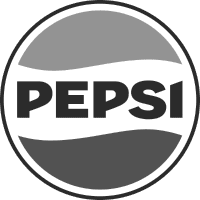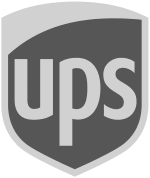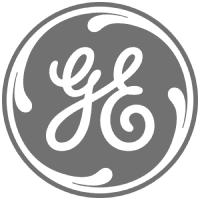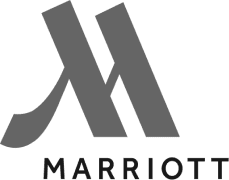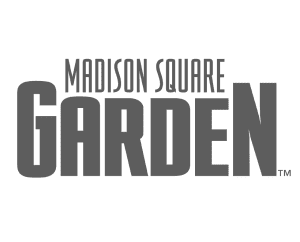Digital Sanitizer Kiosk Station
MetroClick Digital Sanitizer Kiosk combines essential health safety features with dynamic digital signage, delivering touchless sanitizing, thermal temperature scanning, and engaging content management for retail, hospitality, and public venues.
Keep guests safe while delivering essential messaging
Touchless motion-sensing sanitizing spray with thermal temperature scanning ensures health safety protocols while 22″ anti-bacterial touchscreen displays critical information, news, weather, and brand messaging for informed visitors.
Engage audiences with dynamic content during safety routines
Real-time content management system broadcasts videos, social media feeds, and promotional content while guests sanitize, turning necessary health measures into valuable marketing opportunities with camera analytics for engagement tracking.
Deploy anywhere with flexible installation options
Battery pack operation with wall-mountable or self-standing configuration enables placement in any location, while custom branding options ensure seamless integration with existing facility aesthetics and brand identity.
Content & Customization
Broadcast your brand while protecting health
Real-time content management system with custom branding options delivers targeted messaging across multiple content formats while guests complete essential health safety routines, maximizing engagement during necessary interactions.
-
 Broadcast images, videos, HTML content, news, weather, and social media feeds instantly
Broadcast images, videos, HTML content, news, weather, and social media feeds instantly
-
 Apply custom branding to match facility aesthetics and maintain brand consistency
Apply custom branding to match facility aesthetics and maintain brand consistency
-
 Update content remotely in seconds using integrated content management system
Update content remotely in seconds using integrated content management system
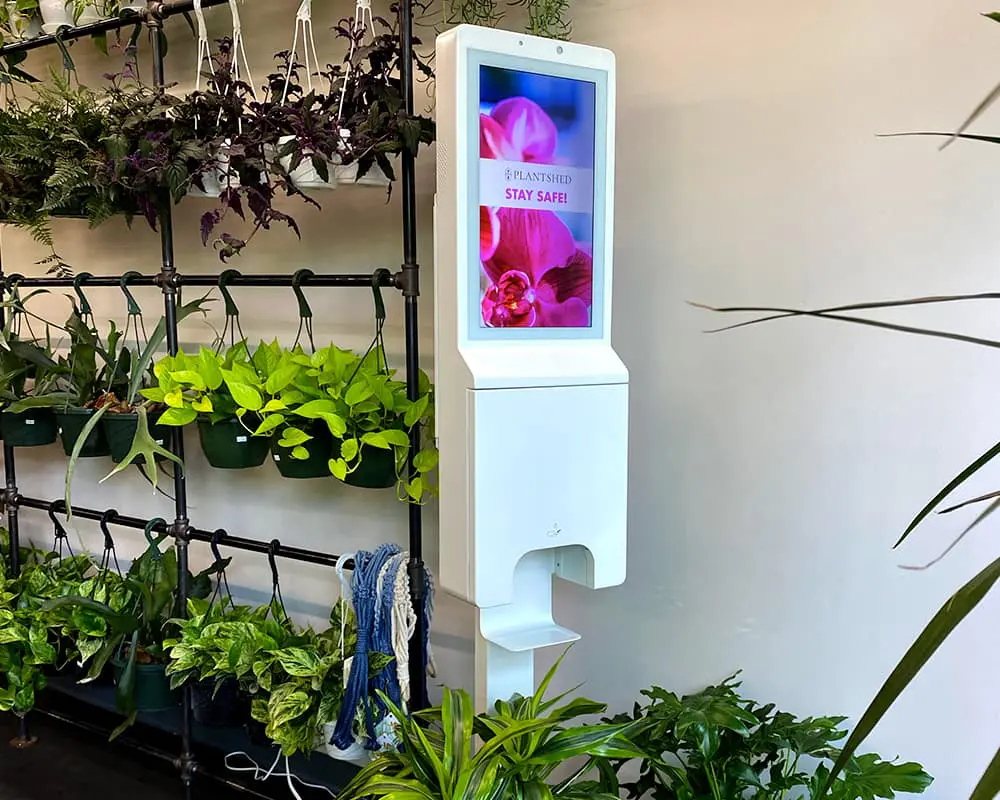
Trusted by industry leaders to power better customer experiences
Standard Configuration
Digital Sanitizer Kiosk
Complete health safety and digital engagement solution. Perfect for entrances, lobbies, and high-traffic areas requiring health screening and information delivery, combining essential safety features with powerful content management capabilities.
Technical Specifications:
- Display: 22″ anti-bacterial/antiviral touchscreen with engaging content capability
- Health Features: Touchless motion-sensing sanitizing spray, thermal temperature scanning
- Analytics: Camera analytics for engagement tracking and safety compliance monitoring
- Content Management: Real-time CMS for instant content updates and scheduling
- Power: Battery pack operation for flexible placement without electrical requirements
- Installation: Self-standing or wall-mountable configuration options
- Branding: Custom branding options for seamless facility integration
- Content Types: Image, video, HTML, news, weather, social media feeds
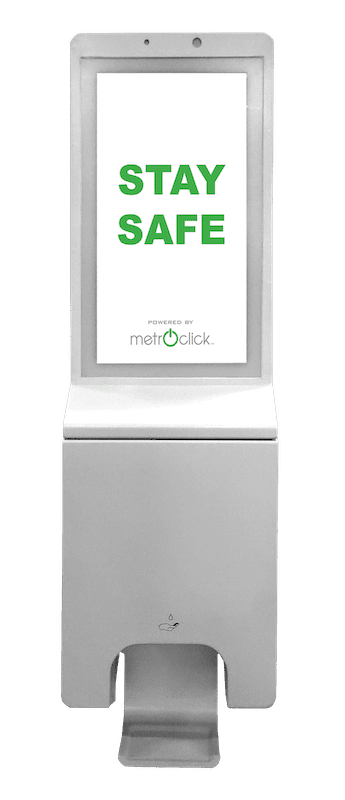
Discover the versatility built into each product
Built for Every Environment
Trust in ruggedized, rated, reliable and robust devices of all shapes and sizes that perform flawlessly indoors or out.
Engage and Inform
Guide users through effortless, self-driven, interactive experiences or stream advertisements and promotions 24/7 on optically bonded, enhanced viewing touch screens.
Modular in Design
Easily configure, connect and scale devices to suit different locations, functions and use cases, while streamlining maintenance, serviceability and operational expenses.
Unapologetically Authentic
Fit any space with aesthetics and branding that drives emotional resonance and authentic connections to your true brand.
Other hardware options
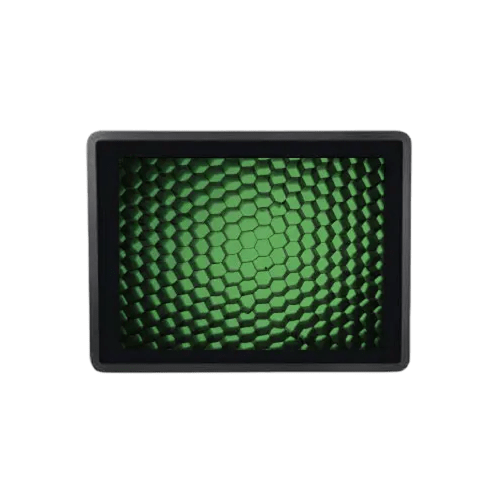
Small Format Kiosks
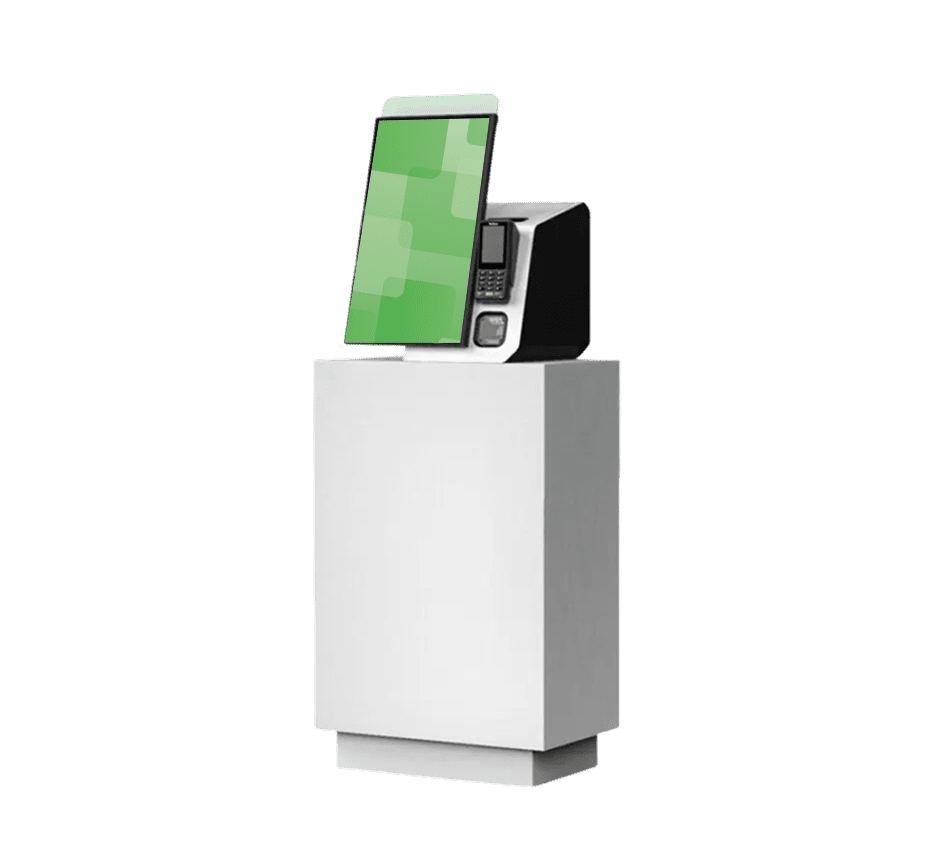
Transactional Kiosks
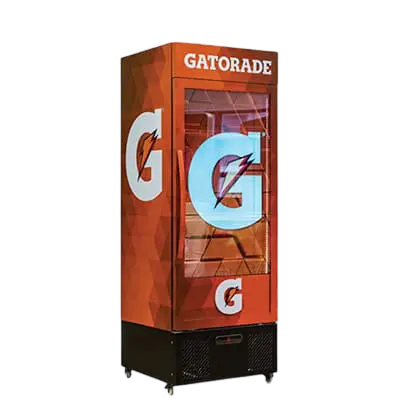
Immersive Kiosks
More Information
Advancing Public Health Through Smart Sanitization Technology
The integration of digital displays with hand sanitization stations represents a significant evolution in public health infrastructure. These innovative systems combine essential hygiene facilities with dynamic communication capabilities, transforming routine sanitization into opportunities for engagement, education, and revenue generation. As organizations prioritize health and safety while maintaining operational efficiency, digital sanitizer kiosks emerge as multifunctional solutions that address multiple organizational needs simultaneously.
Modern sanitization stations equipped with digital screens serve dual purposes that extend far beyond basic hand hygiene. The convergence of health safety measures with digital hardware technology creates platforms for real-time communication, wayfinding assistance, and promotional messaging. This combination proves particularly valuable in high-traffic environments where capturing attention during brief sanitization moments can deliver meaningful impact on visitor behavior and brand perception.
Engineering Considerations for Sanitizer Display Integration
The technical integration of dispensing mechanisms with digital displays requires careful engineering to ensure reliable operation in demanding environments. Vibration isolation prevents dispenser activation from disrupting screen performance, while sealed enclosures protect sensitive electronics from sanitizer overspray and cleaning solutions. Temperature management systems maintain optimal operating conditions for displays despite heat generation in enclosed spaces.
Material selection plays a crucial role in long-term durability. Antimicrobial coatings on touchscreen surfaces provide additional protection layers, while specialized glass treatments resist fingerprints and facilitate easy cleaning. Stainless steel or powder-coated aluminum frames withstand frequent cleaning with harsh disinfectants without degradation. These design considerations ensure installations maintain a professional appearance and functionality throughout extended deployment periods.
Content Strategy for Health-Focused Digital Displays
Educational Messaging and Public Health Communication
Digital sanitizer touch screen kiosks provide ideal platforms for health education initiatives. Short-form content about proper hand hygiene techniques, disease prevention strategies, and wellness tips can rotate throughout the day. Organizations leverage these displays to reinforce corporate health policies, share seasonal health advisories, and promote wellness programs. The captive audience created during sanitization moments ensures high message retention rates.
Visual demonstrations of proper sanitization techniques prove particularly effective when displayed adjacent to dispensers. Animated sequences showing recommended hand-rubbing duration and coverage areas improve compliance with health guidelines. Multi-language support ensures messaging reaches diverse populations, while accessibility features like high-contrast modes accommodate various visual needs.
Revenue Generation Through Targeted Advertising
Strategic placement of sanitizer kiosks in high-traffic areas creates valuable advertising opportunities. Retail environments monetize these touchpoints by displaying promotional content for nearby stores or current sales events. The brief engagement window during sanitization allows for impactful brand messaging without disrupting visitor flow patterns.
Programmatic advertising integration enables dynamic content delivery based on time of day, visitor demographics, or current events. Healthcare facilities might partner with pharmaceutical companies for educational content, while shopping centers could feature tenant advertisements. Revenue sharing models help offset equipment costs while providing value to venue visitors through relevant content.
Deployment Strategies Across Industry Verticals
Healthcare and Medical Facility Applications
Hospitals and clinics implement digital sanitizer stations to reinforce infection control protocols while improving patient navigation. Wayfinding content helps visitors locate departments, reducing staff interruptions for directions. Queue management integration displays current wait times for various services, allowing patients to make informed decisions about their visit timing.
Emergency department installations can show triage information and expected wait times, helping manage patient expectations during busy periods. Multilingual health education content addresses diverse patient populations, while integration with facility management systems enables real-time updates about service availability or temporary closures.
Educational Institution Implementations
Schools and universities deploy digital sanitizer kiosks to maintain health standards while enhancing campus communication. Event announcements, schedule changes, and emergency notifications reach students and staff at critical touchpoints throughout facilities. Interactive campus maps assist visitors and new students with navigation, reducing confusion during orientation periods.
Academic institutions leverage these platforms for health awareness campaigns targeting young adults. Mental health resources, vaccination reminders, and wellness program promotions appear alongside traditional announcements. Student organizations can reserve time slots for promoting activities, creating additional engagement opportunities within campus communities.
Technical Infrastructure and Network Requirements
Connectivity and Content Management Systems
Reliable network connectivity enables centralized content management across distributed kiosk networks. Wired ethernet connections provide stable bandwidth for high-resolution video content, while cellular backup ensures continued operation during network outages. Content management software must support scheduling, remote updates, and multi-zone layouts to maximize display effectiveness.
Edge computing capabilities allow kiosks to operate autonomously when disconnected from central servers. Local content caching ensures critical health messages continue displaying even during network failures. Synchronized updates during off-peak hours minimize bandwidth consumption while maintaining content freshness across all units.
Integration with Building Management Systems
Smart building integration extends sanitizer kiosk functionality beyond standalone operation. Occupancy sensors trigger content changes based on traffic patterns, while environmental monitoring adjusts screen brightness for optimal visibility. Integration with access control systems enables personalized messaging for identified visitors or employees.
Building automation platforms can monitor sanitizer levels across multiple units, generating maintenance alerts before supplies deplete. Usage analytics correlate with traffic patterns, helping facility managers optimize kiosk placement and predict refill schedules. This data-driven approach improves operational efficiency while ensuring consistent availability.
Maintenance and Operational Considerations
Refill Logistics and Supply Management
Efficient sanitizer replenishment processes prevent service interruptions that diminish user confidence. Bulk dispensing systems reduce refill frequency while maintaining consistent product availability. Clear fill indicators visible to maintenance staff facilitate proactive service scheduling. Some systems incorporate automated alerts when supplies reach predetermined thresholds.
Supply chain partnerships ensure consistent access to approved sanitizer formulations that meet regulatory requirements. Standardized refill cartridges simplify maintenance procedures and reduce spillage risks. Documentation systems track consumption patterns, enabling accurate budgeting and inventory management for large-scale deployments.
Display Maintenance and Content Governance
Regular display calibration maintains visual quality despite continuous operation. Automated brightness adjustment based on ambient light conditions reduces eye strain while conserving energy. Screen burn-in prevention routines shift static elements periodically, extending display lifespan in 24/7 operational environments.
Content governance policies ensure messaging remains appropriate and current. Approval workflows route proposed content through designated reviewers before publication. Expiration dates on time-sensitive content prevent outdated information from displaying. Emergency override capabilities allow immediate deployment of critical announcements when necessary.
Measuring Impact and ROI Analysis
Health Compliance and Behavioral Analytics
Motion sensors and proximity detection track station usage frequency without compromising individual privacy. Aggregated data reveals peak usage times, helping optimize refill schedules and identify potential bottlenecks. Correlation with health incident reports can demonstrate the effectiveness of sanitization programs in reducing disease transmission.
Dwell time analysis indicates engagement levels with displayed content. A/B testing different message formats identifies the most effective communication strategies. Integration with analytics platforms provides comprehensive insights into program effectiveness and areas for improvement.
Financial Performance Metrics
Return on investment calculations consider multiple value streams beyond direct revenue generation. Reduced sick days, improved visitor satisfaction, and enhanced brand perception contribute to the overall financial impact. Advertising revenue offsets operational costs while providing value to venue visitors through relevant content.
Total cost of ownership analysis includes equipment, installation, maintenance, supplies, and content management. Comparison with traditional signage and separate sanitizer stations often reveals cost advantages of integrated solutions. Long-term contracts with advertisers or partners provide predictable revenue streams supporting ongoing operations.
Future Evolution and Emerging Technologies
Artificial intelligence integration promises enhanced personalization and predictive maintenance capabilities. Computer vision systems could analyze queue formations, triggering content adjustments to improve traffic flow. Voice-activated interfaces might provide hands-free information access, particularly valuable in healthcare settings where touch avoidance is paramount.
Biometric sensing technologies could enable health screening integration, though privacy considerations require careful implementation. Internet of Things connectivity will further integrate sanitizer kiosks into smart building ecosystems, enabling sophisticated automation and optimization strategies.
For organizations ready to implement digital sanitizer kiosk solutions, professional guidance ensures successful deployment and maximum value realization. Contact our team at sales@metroclick.com to discuss your specific requirements and explore customized solutions for your facility.




